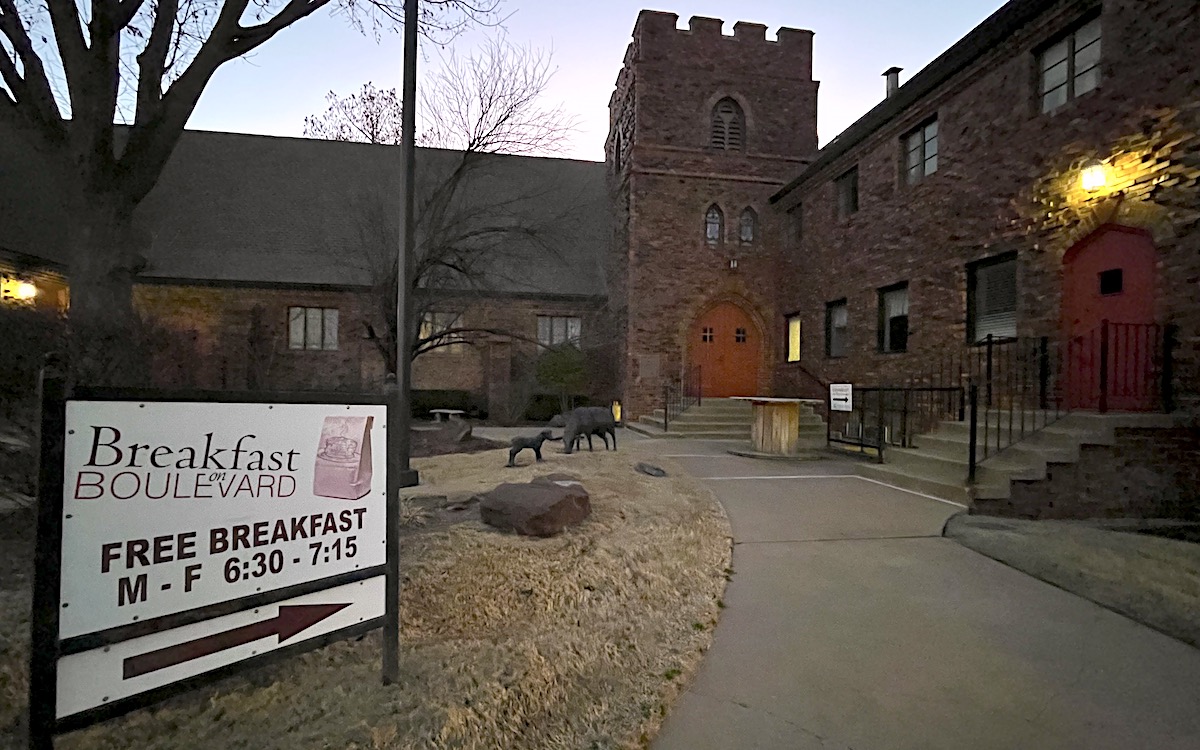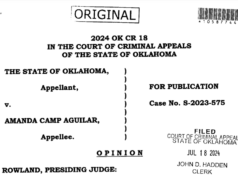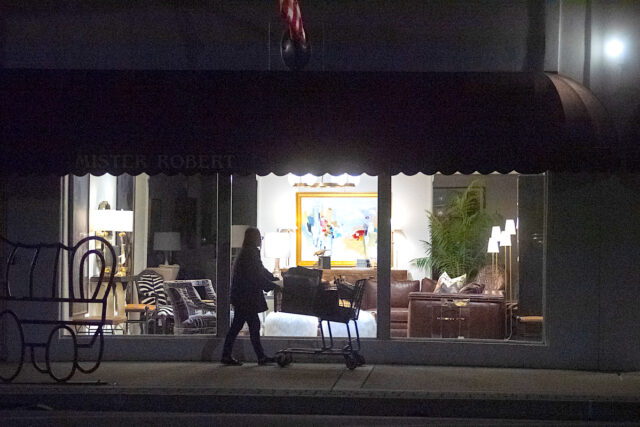
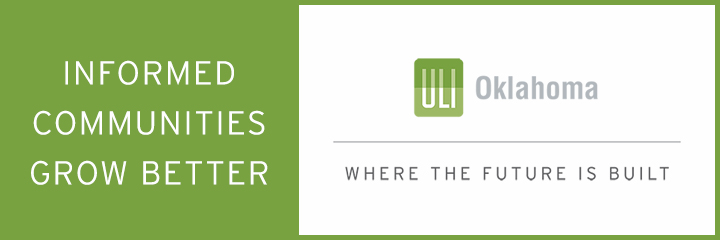
When Edmond City Council members received a citywide housing study at an August meeting, they sought to start a conversation with community members about how to address the city’s lack of affordable housing. Instead, what ensued was an hour of intense public comments that underscored the robust challenges and major disagreements often defining housing and homelessness conversations in Oklahoma’s mid-sized municipalities.
“This idea of helping people and giving them things only makes them weaker, I really have a problem with that,” said Robert Semands, a resident on Edmond’s Community Policing Board.
With nearly 75 percent of Edmond’s workforce living outside the city limits, the study projected a need to add at least 8,900 homes — of all housing types — over the next decade to meet Edmond’s housing demand.
“We have heard the saying home is where the heart is: A basic necessity, a roof over one’s head,” said Christy Batterson, Edmond’s housing and community development manager. “Home is community, Edmond [is trying] to build a thriving community and [create] a quality of life for all.”
All told, the emotional August meeting highlighted the growing pains faced by a one-time bedroom community that has become a major metropolitan suburb.
Edmond Mayor Darrell Davis referenced the public pushback during the Oklahoma Association of REALTORS’ Capitol conference on Feb. 14.
“It was amazing that people stood in line to complain. Basically, they said, ‘If you can’t afford to live in Edmond, we don’t want you here.’ We have to change that mentality,” Davis said. “What I’ve been trying to do as mayor is show that Edmond is a welcoming community. I don’t care what you look like, I don’t care where you’re from, I don’t care who you root for. You’re welcome in Edmond.”
As the cost of construction materials rises and housing options constrict, communities across Oklahoma are seeing a decrease in housing affordability and an increase in people experiencing homelessness.
RELATED
As OKC grows, rising costs create housing insecurity by Matt Patterson
While some residents have pushed back against affordable housing proposals in Edmond, the city of Norman is facing its own civic disagreement about whether or where to develop a permanent location for a homeless shelter. Other communities, like Shawnee, have taken controversial actions, such as prohibiting the unhoused from sleeping outdoors or lying on public sidewalks in the downtown area.
While the issues of affordable housing and homelessness deal with complex economic questions, the discourse surrounding those topics often devolves into misinformation surrounding the indigent and their impact. Meanwhile, community and nonprofit leaders are searching for solutions amid the noise.
“The bottom-line issue is that we’re talking about people, and people who just want to make a better life for themselves,” Chris Sperry, executive director at the HOPE Center of Edmond, told council members in August. “We should provide an opportunity for them to do that.”
Norman’s search for permanent shelter location lingers
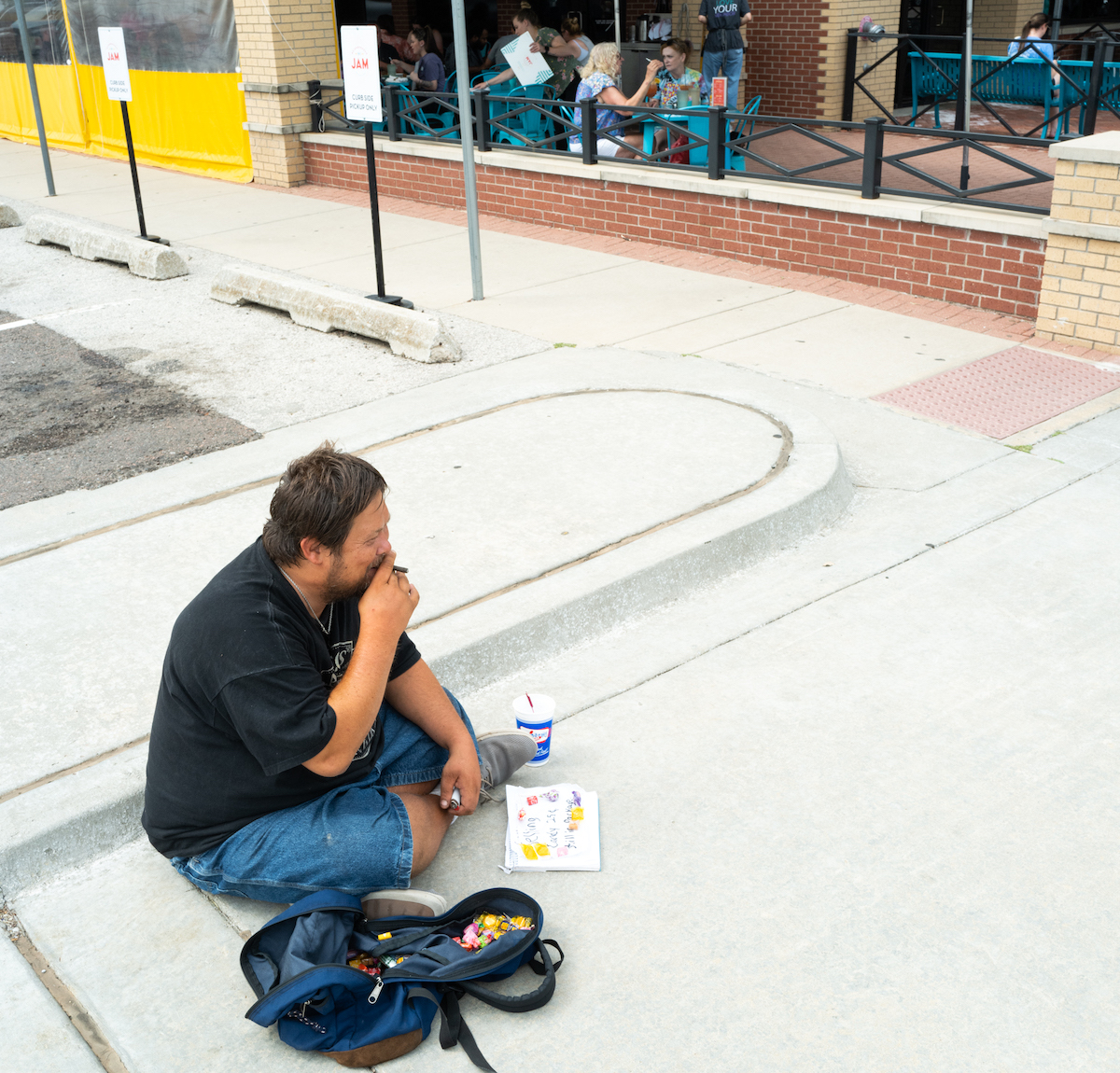
Despite Edmond police making 288 arrests of 131 people who self-identified as unhoused in 2022, Oklahoma’s fifth largest city does not have a homeless shelter. In Shawnee, Pottawatomie County’s seat about 50 miles east, the Salvation Army operates a 30-bed emergency shelter.
While Norman may have more agencies providing services for the homeless than other communities, existing shelters are often at capacity and have been relocated over the years, most recently to a temporary location downtown.
“There’s a huge need for a permanent overnight shelter that’s year-round,” said Heidi Smith, Thunderbird Clubhouse‘s director of operations. Smith also heads the Cleveland County Continuum of Care, which coordinates an annual count of unhoused individuals.
In 2022, a Norman study from Homebase listed establishing “at least one permanent year-round, low barrier housing-focused shelter with day and night services” as an action step for the city.
But more than a year later, city leaders have been unable to agree upon a permanent shelter location. Put simply, no neighborhood wants it in their back yard.
“Our Homebase study says that we need the day components to help people get their services and find employment, if that’s applicable, and find housing,” said Helen Grant, Ward 4’s recently reelected council member. “Especially because we only have the night shelter component, people who spend their day wandering are tired in the evenings. They’ll deal with some case management, but they’re exhausted and kind of looking to settle in for the evening.”
As the search for a permanent shelter location continues, Norman leaders have prioritized temporary overnight shelters for their unhoused neighbors, Smith said. The city currently contracts on a month-to-month basis with Food and Shelter Inc. to operate A Friend’s House, a 52-bed emergency shelter on city-owned property at 109 W. Gray St. The city and Food and Shelter Inc. first made the agreement in October 2022.
The city previously supported a temporary shelter from December 2019 to March 2020 at the site of the current City of Norman Development Center. The city operated a 35-bed temporary shelter at 325 E. Comanche from December 2020 to June 2022. Like the two prior shelter locations, A Friend’s House sits downtown and has made homelessness more visible and controversial in the community.
After a landlord chose not to renew the lease at the 325 E. Comanche shelter, but prior to contracting with Food and Shelter Inc. on A Friend’s House, the Norman City Council explored temporarily relocating the shelter to a vacant building at the Griffin Memorial Hospital complex.
Instead, state and city leaders essentially struck a deal to build the new Donahue Behavioral Health Hospital in Oklahoma City and have the city of Norman buy the historic Griffin property for future development.
While Grant believes that site, appraised at $54 million, would be the most ideal location for a permanent homeless shelter, Norman Mayor Larry Heikkila has said he wants the land for other purposes.
If the city does buy the property, all options — including a ballot question proposing a homeless shelter — could be considered, Grant said. In August 2020, Norman residents voted down a slate of bond proposals. The closest vote, which would have allocated $5 million for a permanent shelter, failed by 367 votes. Grant said the proposal likely fell shy because no location nor operator had been picked out.
“It could be something where we put it up (for a vote again),” Grant said.
‘We’ve been looking everywhere’

At a Feb. 27 meeting, the Norman City Council rejected purchasing a $940,000 property at 5451 Huettner Drive for a permanent emergency shelter serving clients overnight and during the day. Many residents who spoke during public comment opposed the site owing to its location and its lack of access to local resources.
Grant and Austin Ball, Ward 1’s council member, voted in favor of the proposal, but seven others voted against it. Grant said she supported exploring using the property as a sobering center to be colocated with Red Rock Behavioral Health.
During public comment, Ward 7 Councilman Stephen Tyler Holman expressed his frustrations despite agreeing with residents’ assessment of the Huettner Drive site, which sits north of the York International HVAC plant near Flood Avenue’s intersection with I-35.
“We’ve been looking everywhere, and my personal opinion that I’ve made public many times is I think the Griffin property is the most logical location,” Holman said. “It’s near Food and Shelter. It’s near the health department.”
Holman criticized the lack of clarity regarding the future of the Griffin complex just east of downtown Norman.
“Honestly, it’s like a stalemate or they’re ghosting us. They announced this decision that they’re building a new hospital in Oklahoma City early last year, and then nothing’s happened,” Holman said. “They could solve this problem for us right now if they could carve out a little sliver of property over there for us.”
Regardless of its location, if a permanent homeless shelter is to be built in Norman, Grant wants collaboration from Cleveland County leaders.
“I know that the county and (other) cities within the county — we will end up with folks from those places. It’s just a reality, so that’s why I think the county should also be invested in whatever potential day-night solution we come up with in Norman,” Grant said. “If they have a duty to the indigent, this is low-hanging fruit.”
Both Smith and Grant said Norman, like other cities nationwide, is seeing an uptick in the number of people experiencing homelessness and an increased presence of the unhoused day and night downtown.
“It’s not the numbers that have gone up so much as the visibility. Yes, homelessness is increasing. Yes, it will probably continue to increase unless we have some major changes in (the) housing (market),” Smith said. “But the people who are experiencing people experiencing homelessness have changed because of the visibility.”
Grant said that there is a “contingent of people who are unwell” that complain about the city’s homeless population and offer no solutions during public comment at council meetings.
“For the good majority of us, those opinions, we just throw them right out because we do not think they’re coming from a place of not only care, but reality,” Grant said. “We’re never going to appease people like that, and I don’t think we should even bother.”
Shawnee imposes ‘no sit, no lie’ ordinance
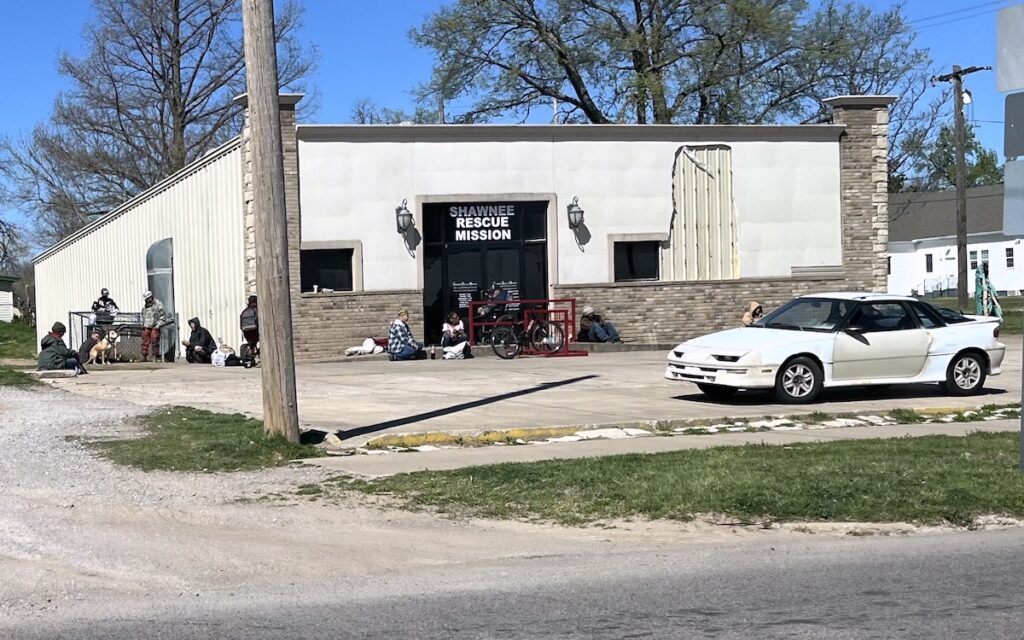
While Norman’s city leaders search for another place their unhoused neighbors can legally reside during the day, Shawnee’s city commission approved an ordinance in December that prohibits sleeping outdoors, as well as sitting, lying down or placing items along any right of way in downtown.
Taking effect in January, that ordinance was approved just one month after Shawnee’s city commission enacted another ordinance requiring a permit for feeding operations, described as an “organized and deliberate preparation and/or serving of food to four or more individuals for free.”
Like other communities across the nation, Shawnee is grappling with a lack of available housing, and residents have seen an increase in the unhoused population. The Salvation Army operates a limited-access shelter, and city leaders say they are surveying available properties for another emergency shelter.
On Monday, however, one man experiencing homelessness in Shawnee said it feels as though city leaders are casting people out instead of offering help.
“It’s like we’ve been shamed and been put on an outer circle,” a man named Joe said of the ordinances. “Maybe it’s because it’s become so much for them. I don’t know, but I’ve noticed it’s become more of a laughing stock. They make fun of you more than try to help you.”
Originally from Florida, Joe asked not to be identified by his last name. He said he came to Oklahoma more than a year ago looking to start a career in music.
“It’s a mixed genre,” Joe said of his style of music. “It just depends on what I feel that day.”
Joe said he spent a couple of months in the Macomb area south of Shawnee trying to find his footing before he had some “things go wrong.” Joe said a sheriff’s deputy drove him to the city after picking him up for sleeping on someone else’s property. He has been in Shawnee ever since.
“It was hell for the first six months. It was rough,” he said.
Eventually, Joe said he was able to find others in his same situation. Now, he and other Shawnee residents experiencing homelessness support one another in their search to find housing and better lives.
“There’s people that actually don’t mind helping me,” Joe said.
More than anything else, Joe said Shawnee’s homeless residents need a place they can legally and comfortably reside. While the Salvation Army does provide a hot meal every night, Joe said the shelter has limited overnight beds. He said the homeless community tends to leave those for the elderly.
Joe said he and others would benefit from a designated encampment area, but he said it would probably be difficult for city leaders to find an appropriate location.
“Maybe just one lot where you set up your tent and keep your area clean? If you don’t, these are the repercussions, you know?” Joe said. “It’s really location and how they feel about it all, because there are some rowdy people out here.”
Joe said every person experiencing homelessness is different, but he said many of Shawnee’s unhoused residents are fighting to change their circumstances.
“Some people are just accepting it. Other people are still trying to find a better way of life. Some people are drifters. Some people are drifters with direction,” he said. “I’ve talked to a whole lot of people out here, but you really get a sense of where their life is at and where they’re trying to go when you talk to them.”
‘They have worth. Everybody has worth.’
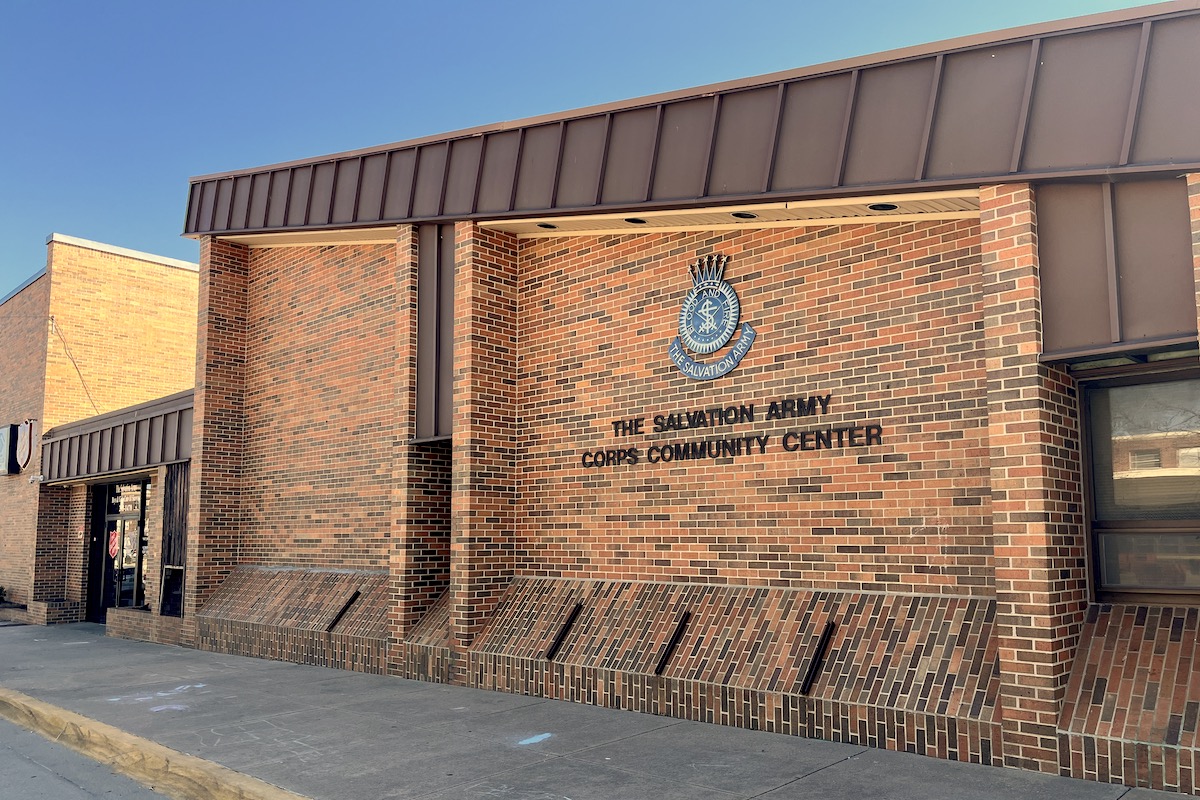
While the “no sit, no lie” ordinance has drawn scrutiny from the ACLU, among other organizations, state Rep. Dell Kerbs is a downtown business owner who supports the city’s action to help the “business community.”
In recent years, Shawnee leaders have worked hard to revitalize downtown.
“If we don’t have a sales tax collection base, then the city can’t provide the services that are going to be needed,” said Kerbs (R-Shawnee). “Those that truly need help, now we’re going to start to be able to figure out what is that true number (of people) and trying to help get those folks on that hand-up opportunity and start moving that way.”
While some city leaders have discussed an idea like Joe’s, Kerbs said he does not support setting up an encampment for the Shawnee homelessness population.
“The criminal element preys on them just like they would anybody else,” Kerbs said. “Let’s not put some of the most vulnerable people all together like that. Let’s make sure that they feel safe and they’re getting the health services they need.”
Kerbs said he would liked to see Shawnee’s nonprofit and faith community step up and fund transitional housing — multi-unit residences that could be spread evenly around the city.
“Let’s look at a model where we can put three or four people (together) that are capable of working with roommates and those kinds of things and work on their progress and have the support in those houses,” Kerbs said. “They have worth. Everybody has worth. Let them have value in that.”
Like Joe, another man living without housing in Shawnee said it can be easier than people think for someone to lose their place to live. He asked not to be identified.
“It happened within a year for me,” he said. “I went from having a house to having nothing.”
In Edmond, multifamily housing opposed, overlay district stalled
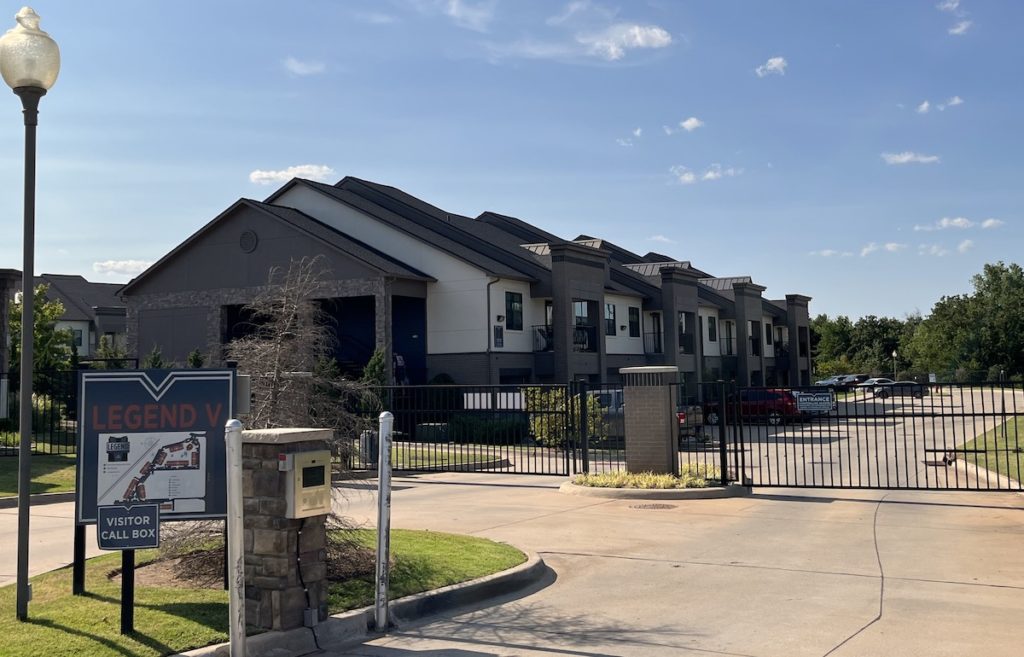
For Edmond, establishing a homeless shelter is almost a non-starter in a community that can’t even agree to build apartments.
In September, a month after receiving its housing assessment, Edmond officials proposed implementing three overlay districts around downtown that would allow property owners to build accessory dwelling units, live-work spaces, duplexes, triplexes and quadplexes on their properties without receiving site plan approval at a public hearing.
Recommended in the housing study as a way to streamline development and encourage urban in-fill, the three proposed districts covered just half a square mile of the city.
Nonetheless, the proposals faced pushback from Edmondites who feared losing input on other property owners’ lots, and the city announced in October it would be tabling the proposal indefinitely.
“It got portrayed as this way for developers to slide stuff through,” said Ward 3 Councilwoman Christin Mugg.
RELATED
‘You are not welcome’: Without shelter, resources limited for Edmond’s unhoused by Joe Tomlinson
The implosion of the overlay district proposal underscored a decade’s worth of challenges when it comes to housing development in Edmond, which has seen a series of proposed multifamily housing developments derailed by referendum petitions.
“People are not worried about young people or older people. They’re worried about their house, their drive and their neighborhood,” Mugg said. “To me, that’s really sad and unfortunate that we’re not thinking of ourselves as a community.”
Mugg said the pushback council members often hear is backed by fear and misinformation.
“They’re saying, ‘That’s going to make my property value go down, that’s going to make more traffic, that’s going to increase crime rates, that’s going to crowd the schools’ — all these things that just aren’t true,” Mugg said.
Todd McKinnis, an attorney who represents numerous developers in Edmond and serves on the board of directors of The Edmond Alliance, said pushback from citizens should not prevent the city from addressing its lack of affordable housing, something that exacerbates workforce issues in the education, health care, public safety and hospitality sectors.
“There’s objective information that says we have a problem,” McKinnis said. “The city needs to start taking steps to address that problem. I don’t think opposition that is uneducated about the consequences of a plan should stop the city from moving forward with trying to solve the problem.”
Edmond’s planning department is currently revising the city’s municipal code to more easily contemplate mixed-use developments, but that process is time consuming. City leaders have floated turning the citizens participation committee into a board focused on workforce housing and creating an education campaign on the issue. Neither idea has come to fruition yet.
McKinnis called Edmond’s stalled overlay district proposal a missed “layup” during crunch time of the affordable housing contest.
“I don’t think an overlay district solves the problem, but if you say affordable housing is an issue, that’s a layup,” McKinnis said. “That’s not, ‘Hey, let’s go build a $100 million project that the city subsidizes.'”
Without some intervention on housing, the city’s affordability problem could become even worse, Mugg said.
“At some point, it’s just not going to be popular, and it will just have to play out,” Mugg said. “The decision makers will just have to be willing to take the verbal abuse.”
Conducted by a company called Development Strategies, the city’s housing study notes that Edmond residents often overturn multifamily housing developments after the Edmond City Council has approved them, regardless of price point. Referendum petitions halted three separate multifamily developments in 2017, 2021 and 2022, denying the community a total of 902 units. An apartment complex has not been built in the City of Edmond since 2012.
“There is a subset of the community that is hostile toward low-income housing units and multifamily housing at all price points, and Oklahoma’s referendum process makes it easy to block a project after it’s been approved,” the study states. “In conversation with state legislators, there is not a willingness to change regulations about this; they report that Edmond is the ‘only’ community in Oklahoma experiencing this issue.”
Andy Pfister, a principal at Development Strategies, said his organization has never seen a community overturn multifamily developments as often as Edmond does.
“There are other places where there is a state-enabled process for a referendum type deal, but it’s not something we see, especially when it goes through the public process established for development review,” Pfister said. “The fact that it happens so frequently is something we haven’t seen across the country.”
McKinnis, who represented developers whose projects were overturned by referendum petitions, said he believes the Edmond City Council sees some “vocal people that are just patently wrong” about the affordable housing issue. He claimed most Edmondites want the city to have young people and a diverse workforce.
“I don’t think they are objectively opposed to affordable housing, but I do think there is an underlying fear as to what affordable housing looks like and what it looks like 10 years from now,” McKinnis said. “I think there is a natural fear about that that comes from a lack of education or a lack of anybody sharing that vision.”









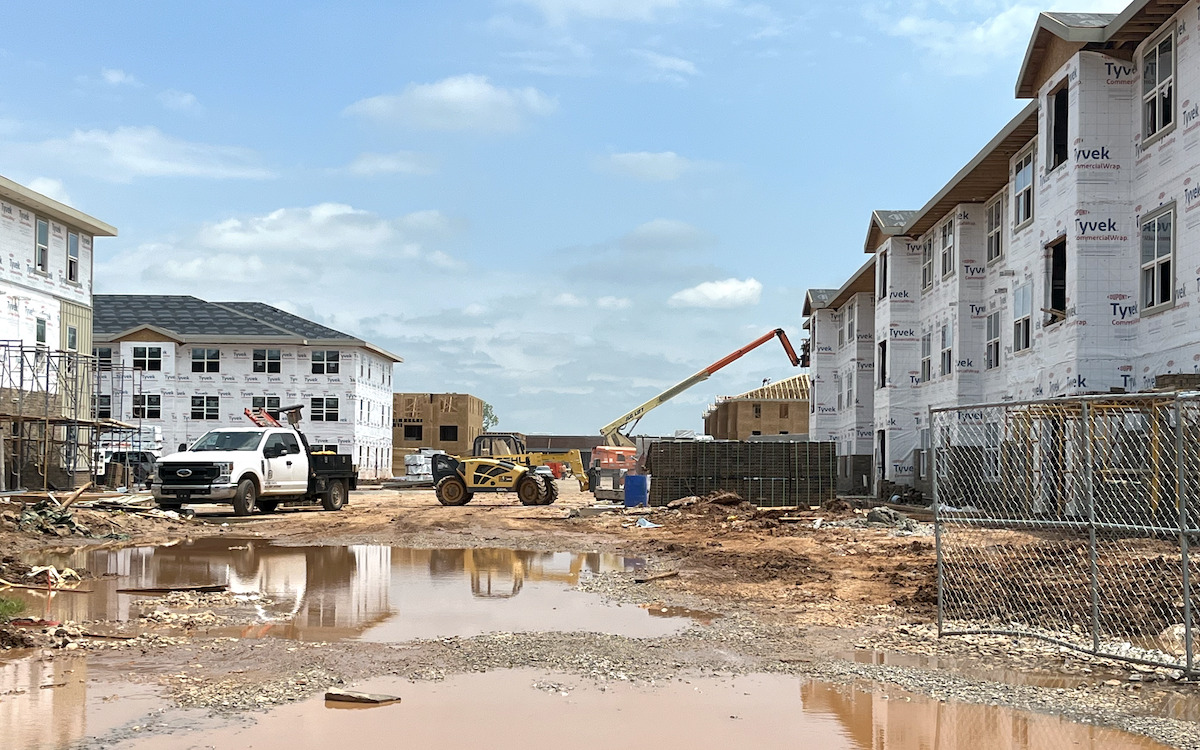 As OKC grows, rising costs create housing insecurity
As OKC grows, rising costs create housing insecurity